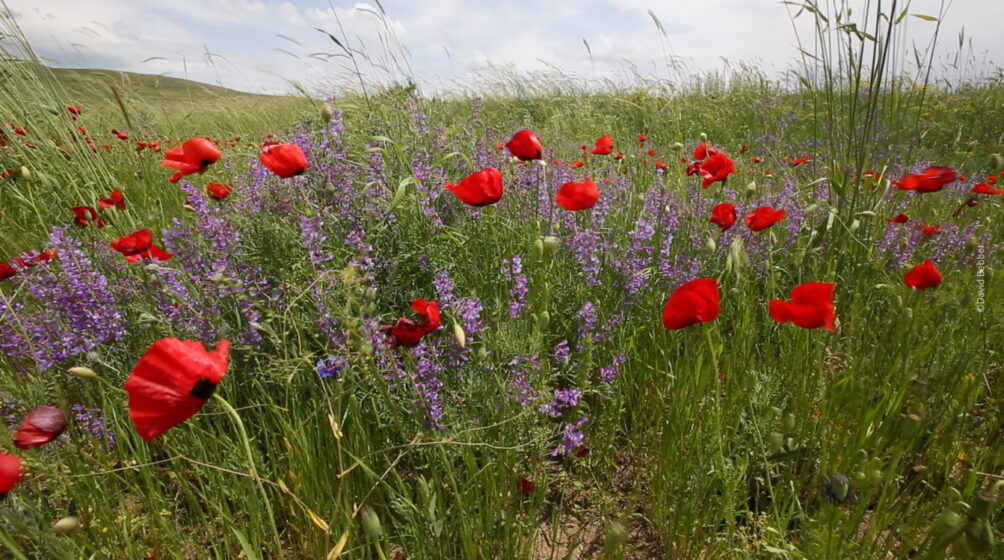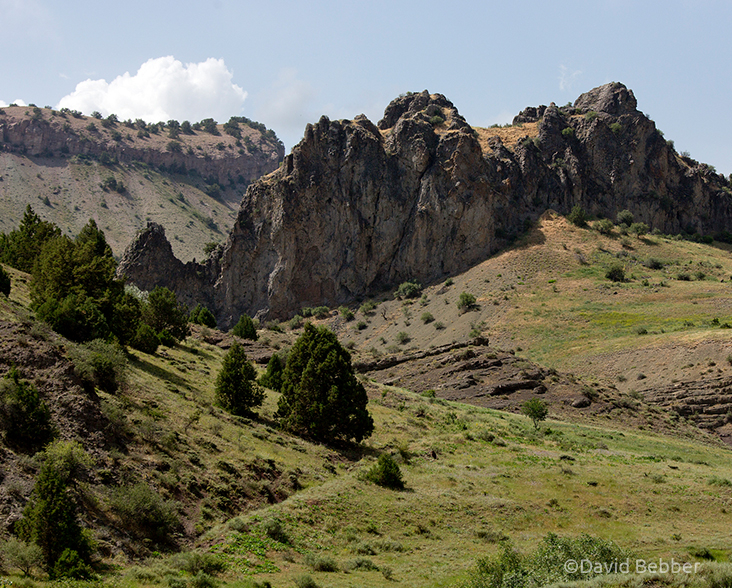Armenia is the smallest country in western Asia’s Caucasus Biodiversity Hotspot, one of the 36 most biologically rich regions on Earth. It contains an astonishing diversity of ecosystems for a landlocked country smaller than the Netherlands, including semi-arid steppes at higher elevations, subalpine and alpine meadows between 2,200 and 4,000 m, arid steppes from below 1,000 m in the west, and humid and semi-humid forests from 500 m to around 2,400 m in the northeast.
This variety of ecosystems has produced a vast diversity of habitats, spread across a large altitudinal range in a country that sits at the junction of three biogeographical realms. As a result, Armenia is home to an extremely rich biodiversity with a high level of endemism.


